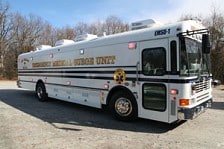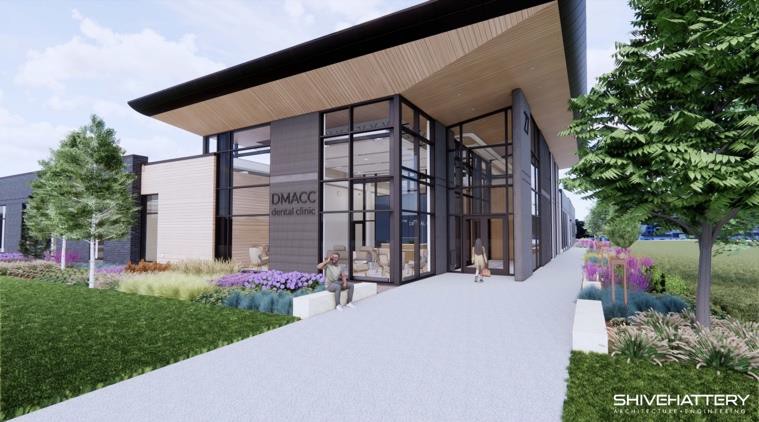Athena GTX begins venture to equip mass-casualty buses
Des Moines company's wireless medical monitoring system handles up to 20 patients

The United States has had no shortage of natural disasters in the past decade, from the devastation caused by Hurricane Katrina to the most recent tornadoes and severe storms that have injured hundreds.
In many of those situations, emergency responders found themselves overwhelmed by the need to evacuate patients from damaged nursing homes or hospitals, on top of caring for those who had been injured by the storm itself.
Sartin Services Inc., a maker of specialized medical ambulance buses in North Carolina, recently partnered with Des Moines-based Athena GTX to equip its buses with wireless medical monitoring devices developed by Athena.
On July 18 and 19, the first such Athena-equipped bus will be displayed during an open house event at Athena’s Des Moines headquarters. The companies anticipate keen interest from emergency response agencies from throughout the Midwest to view the equipment.
“There are a lot of communities that are looking at this sort of thing,” said Mark Darrah, Athena’s founder and CEO. “We see a lot of these types of companies at trade shows. In Joplin, (Mo., following the tornado on May 22), it would have been nice to send out buses like this rather than 50 ambulances.”
Athena’s Wireless Vital Signs Monitor enables emergency medical responders to remotely monitor a patient’s heart rate, blood pressure and other indicators and instantaneously relay that data while the patient is en route to the hospital. Initially designed by Athena for use by U.S. special forces teams, the devices weigh less than a pound and are about as small as a cordless telephone. Athena began selling the monitors to both military and civilian customers at the beginning of this year.
With Athena’s portable devices, vital signs of up to 20 patients being transported on the buses can be monitored while en route to a hospital, both by a medical technician aboard the bus and by doctors at the hospital.
Athena connected with Sartin during a national trade show, Darrah said. The visit to the trade show was made possible through a $135,000 Demonstration Fund grant the start-up company was awarded last year by the Iowa Department of Economic Development (IDED), he noted.
“We might have heard about (such buses), but we didn’t know who the players were until we went to the trade show and made the connections,” Darrah said. The IDED grant “helps you until you get some income coming in from sales.”
Hurricane Katrina in New Orleans six years ago was the genesis of Sartin’s ambulance bus program, said Freeman Jones, Sartin’s national sales manager.
“Cities needed the ability to transport bedridden patients or patients who need stretchers,” he said. “If a hurricane is coming, you can’t just put intensive-care patients into taxicabs to evacuate them. It’s also designed for mass-casualty accidents where you have multiple patients.”
Sartin’s first ambulance buses were purchased in 2007 by a group of suburbs known as the National Capital Region of Washington, D.C. The company has since sold about 25 of the custom-order buses. Already dealing with a backlog of orders, Sartin anticipates a significant increase in new orders in the near future, Jones said.
“It’s a totally new concept for a lot of places, so they kind of have to learn to use it before they implement it on a wider scale,” he said. “Then they’ll order several more, and we’ve been getting a lot of that right now.”
The buses sell on average for about $350,000, not including the cost of the optional wireless vital signs monitoring systems, which add about $100,000 to the cost.
In North Dakota, the city of Minot has been using two ambulance buses to evacuate hospital patients and elderly residents ahead of the flooding Souris River, Jones said.
Athena has orders for at least two more buses, possibly four, in the near future, said Greg France,Athena’s chief operating officer. About six other cities that have buses are awaiting federal grant money to equip them with Athena’s monitoring equipment, he said.








